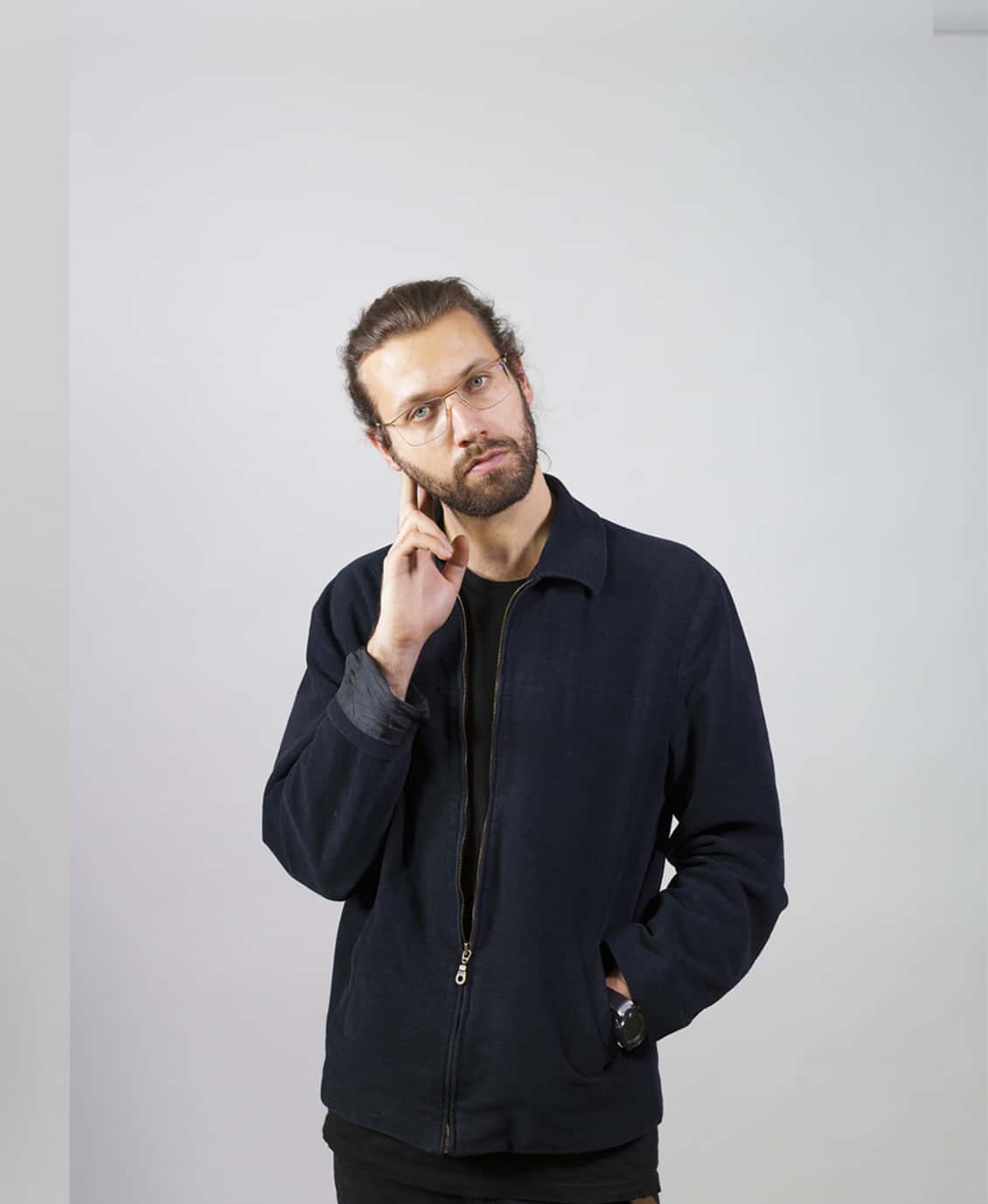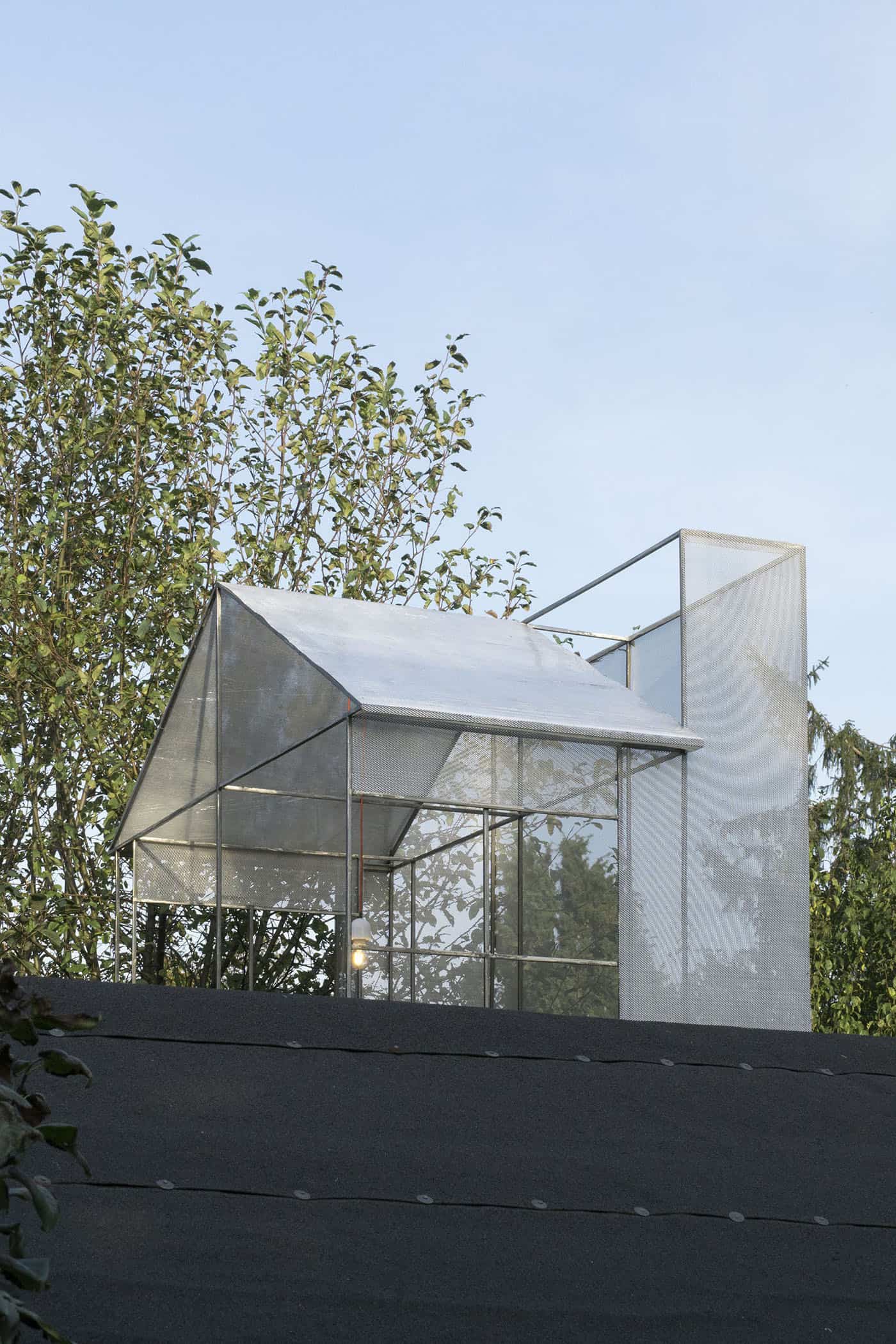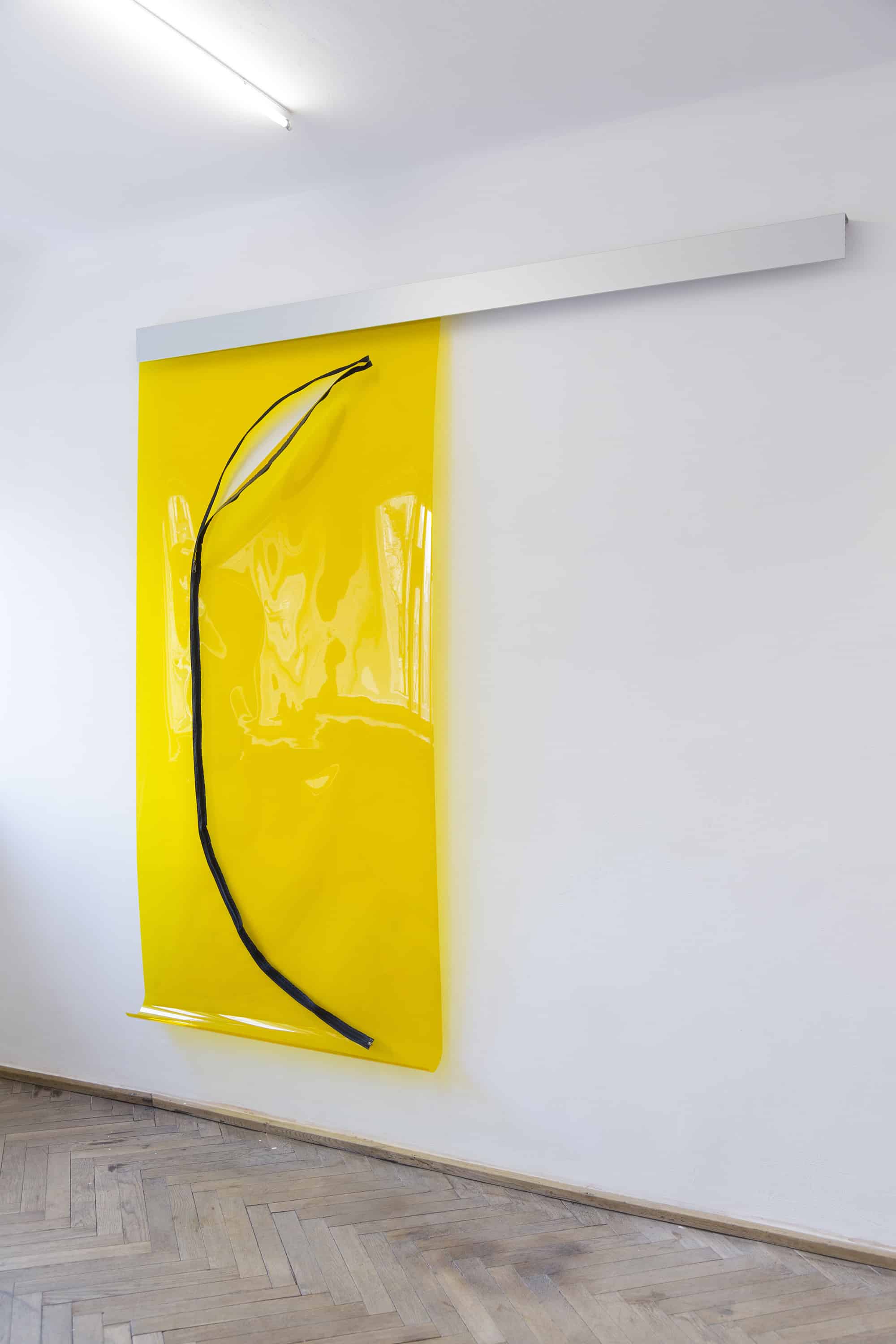Jan Domicz was invited by KulturKontakt for a 3-month residency in Vienna between July and September 2019. The program is supported by Federal Chancellery of Austria and Austrian Ministry of Education, Science and Research.
We spoke just before opening of a group exhibition by artists in residence in Concordiaplatz in Vienna.

Jan Domicz
How did you find out about the residency programme? How did you apply?
To quote one of the best used songs from a 90s skateboarding movie, “I Heard It Through The Grapevine”. The rest was online.
What does your regular, art residency day look like?
Wake up. Breakfast. Emails/renders/computer labour. Run. Lunch. Studio labour. Skipping dinner. This schedule is often interrupted by short trips, studio visits or hanging out with new neighbours. After some time I’ve learnt to appreciate the residency rhythm.
Tell us about the work/project on which you are working right now?
Don’t get me started. There’s a body of sculptures I will present at the end of residency involving abstract copies of public furniture which went on strike and decided to interrupt human flow in the city. There is a video and a sculpture for a future show in Basel (SALTS) based in warehouses, made out of shelves and internet-circulated spam-like narratives (copypastas), which I am developing also for a show at the end of the year in Vienna. This show will involve repurposing kitchen/storage area of the gallery. You can say my works are pure volumetric extrusions of programme.

Jan Domicz, BnB, 2017, Gardening allotment. Sculpture placed on top of R.O.D. Gallery is a 1:1 model of a characteristic
lantern which lets the light into highly densified tenant houses at Warsaw Old Town.
Piece is built out of materials typical for fans, air conditioners and other installations visible on an office building rooftops.
In your experience, what distinguishes working as part of residencies from working in your atelier?
Partly thanks to the residency rhythm, partly because of the summer (Gurken) season when there is not much going on in Vienna, it is easier to focus on the work. Although there was more hustle when I was finding materials and discovering supply stores in the first weeks.
What strikes me most is the distance to my close ones. I have never noticed before how my practice is embedded in everyday rituals.
Does the change of context help you in the creative process?
Yes. It’s like going with a laptop to work at a cafe. It feels like you are cheating but (weirdly) it works. The main difference: residency is a bit further than a local cafe.
Besides, few days before the start of the residency my studio in Warsaw was robbed. I lost most of my tools and equipment, so the change of context was highly welcomed.
Jan Domicz, Inland Empire, 2019, video HD, sound, Night Shift app
Jan Domicz, Inland Empire, 2019, video HD, sound, Night Shift app
Do you place an emphasis on your work or rather on meeting people and exploring Vienna?
I don’t know. All three activities are influencing or replacing each other daily.
What challenges and opportunities did/does the residency involve?
There is an exhibition with all (5) artists in residency toward the end of the program. However, I feel everything before that is more important: the process, discussions, meetings.

Jan Domicz, Sliding CT foil, Protection CT foil
2018, dust protection door curtains. made out of effect foils. altering light color.
Name three objects which are the most important to you during the residency.
Ikea bag. Backpack. Camera bag.
What is the role of the institution in your residency? What does it provide you with?
Every institution providing the residency program is something between a host and an employer. As an artist, you are both humbled by their hospitality (as a guest) but still you are greedy (as a professional) and ask for more contacts, budget, consulting. These are the main three things they provide. (+ studio, accommodation and tickets.)
In my case, the institution (KulturKontakt) is represented by three extremely forthcoming women: Nicole, Brigitte, Nicole. I am very lucky to have met them.
What would you recommend to artists going abroad for an art residency?
Sure, try before you say no.

Jan Domicz, Untitled (Greenhouse 18m2)
2019, AntMiner, internet connection, oil, pump, heaters, HeatMiner, foil, pcv pipes, sliding doors
ART RESIDENCIES: In this series of interviews we ask artists and creative professionals what art residencies mean to them and what benefits they bring to both sides. There is a wide range of art residencies available and it is crucial to make artists aware of such possibilities, recommend the most interesting ones, and allow art practitioners to share their experiences. Alongside the interviews, we also publish articles with selected open calls from around the world, and run a Facebook Group “Open calls/Residencies/Opportunities for artists” where the arts community can share more opportunities and experiences.









